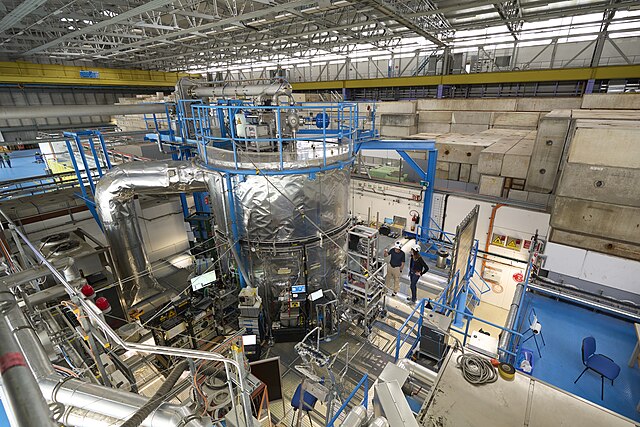 Did you know that a discovery was made recently in the world of science?
Did you know that a discovery was made recently in the world of science?
Scientists worldwide collaborated on an experiment to discover the role of trees in cloud formation and to understand pre-industrial climate patterns.
They studied an overlooked compound from trees called sesquiterpenes, and what was uncovered will help researchers better understand how to predict future climate! Let’s find out more…
How Are Clouds Formed?
When solid or liquid aerosol particles between 0.1-10 micrometers in diameter combine with water vapor, they undergo a process called New Particle Formation (NPF).
The new molecule acts as a cloud condensation nuclei (CCN) or “cloud seed” that combines with other molecules, growing until they form a cloud. CCNs come from human sources like vapors released from burning fossil fuels and natural sources like sand or salt.
Since the Industrial Revolution, roughly half of the clouds have been seeded from a fossil fuel pollutant called sulfuric acid (H₂SO₄). The other half comes from natural sources like trees, volcanoes, and dust from various places.
Trees and CLOUD
 To further investigate how nature contributes to cloud formation, an experiment called Cosmics Leaving Outdoor Droplets (CLOUD) Project is being conducted at the nuclear research center CERN.
To further investigate how nature contributes to cloud formation, an experiment called Cosmics Leaving Outdoor Droplets (CLOUD) Project is being conducted at the nuclear research center CERN.
The tests are conducted in a giant metal cylinder that can simulate various ecosystems around the globe, such as pristine rainforests and mountain regions. Different compounds are introduced into the cylinder environment, which allows researchers to observe how the simulated atmosphere reacts.
CLOUD determined that volatile organic compounds (VOCs) released by trees called terpenes, play a large role in cloud formation. During the study, the compound called sesquiterpene was found to form ten times as many “cloud seeds” as the other VOCs tested!
Additionally, it was determined that trees produce more sesquiterpenes when they undergo environmental stress, which occurs more frequently because of climate change.
What Does This Mean For Climate Models?
Climate models replicate Earth’s climate and allow researchers to recreate past climate conditions or imagine new ones.
One aim of CLOUD is to discover what compounds seeded cloud formation during the pristine pre-industrial era. This will allow scientists to ascertain the environmental consequences of human behavior since that time.
Because clouds directly affect rainfall, and can either cool the earth or insulate it, understanding the principles of their formation is crucial to predicting our future climate. As the lead CLOUD scientist Lubna Dada put it: “The climate is affecting the cloud formation, and the clouds are affecting the climate”.
This study is a huge step in the right direction and has shown scientists ways to close gaps in their research to ensure more accurate climate modeling results. Let’s hope the research continues allowing us to unravel more mysteries about our environment!
Sources: NPR, The Conversation, Wired, Phys.org, Energy.org, ncas.ac.uk







